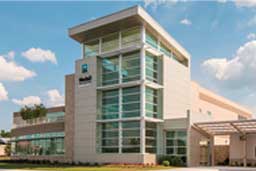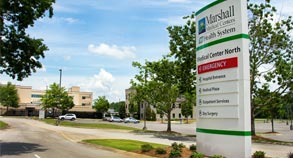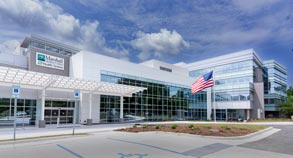- HOME
- ABOUT
- ABOUT
- FIND A DOCTOR
- FIND A DOCTOR
-
SERVICES
-
- Services Overview
- Baby, Oh Baby!
- Behavioral Health
- Cardiac Cath Technology
- Community Connections
- Diagnostic Imaging
- Emergency Services
- Fitness/Wellness
- Gastroenterology
- GoldCare 55+
- HomeCare
- Home Medical Equipment
- Mammography
- Marshall At Home
- Marshall Mobility
- OB/GYN
- Oncology
- Pulmonology
- Rheumatology
- Sleep Disorders
- Smart Start
- Surgical Services
- Therapy
- Urology
- Wound Treatment
-

Oncology Services
The Marshall Cancer Care Center
Find Out More
offers the latest oncology treatments
and radiation services.
-

OB/GYN Services
In caring for families and their new
Find Out More
babies, there are special steps to be
taken to ensure their health and safety.
-
-
SERVICES
-
- Services Overview
- Baby, Oh Baby!
- Behavioral Health
- Cardiac Cath Technology
- Community Connections
- Diagnostic Imaging
- Emergency Services
- Fitness/Wellness
- Gastroenterology
- GoldCare 55+
- HomeCare
- Home Medical Equipment
- Mammography
- Marshall At Home
- Marshall Mobility
- OB/GYN
- Oncology
- Pulmonology
- Rheumatology
- Sleep Disorders
- Smart Start
- Surgical Services
- Therapy
- Urology
- Wound Treatment
-

Oncology Services
The Marshall Cancer Care Center
Find Out More
offers the latest oncology treatments
and radiation services.
-

OB/GYN Services
In caring for families and their new
Find Out More
babies, there are special steps to be
taken to ensure their health and safety.
-
-
FACILITIES
-
-

Marshall Medical North
8000 AL Highway 69
Find Out More
Guntersville, AL 35976
256.571.8000

Marshall Medical South
2505 US Highway 431
Find Out More
Boaz, AL 35957
256.593.8310 -
-
-
FACILITIES
-
-

Marshall Medical North
8000 AL Highway 69
Find Out More
Guntersville, AL 35976
256.571.8000

Marshall Medical South
2505 US Highway 431
Find Out More
Boaz, AL 35957
256.593.8310 -
-
- NEWS & EVENTS
- NEWS & EVENTS
- JOBS
- JOBS
- CONTACT
